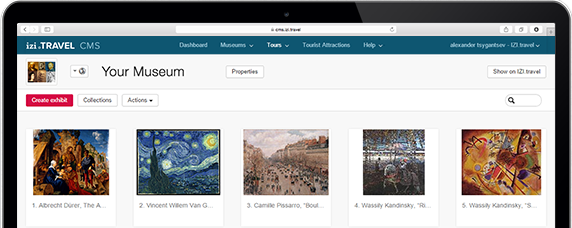Comitium – Curia – Temple of peace
Update Required To play the media you will need to either update your browser to a recent version or update your Flash plugin.
To the centre of the northern side of the Roman Forum lies the complex made up of the Comitium, the Curia and the Gaol. In the Roman tradition, these buildings made up a true functional group.
The Comitium was most likely erected during the very early stages of Roman domination and can be considered to be the most important public monument of the period.
Here is where magistrates were elected and judgments were made.
The building is located at the centre of the northern sector, between two rows of twelve shops each; set within a square space, it is made up of a circular seating cavea.
At its north, forming a single complex, stood the Curia, a rectangular building that housed the magistrates’ archives and where the magistrates themselves administered justice. As can be observed today, the extension of the Curia caused the demolition of the northern section of the Comitium’s cavea.
During the second century A.D., also at the expense of a part of the Comitium’s cavea, the Temple of Bona Mens, also known as the Temple of Peace, was built.
The temple stands upon a vast base (podium), which can be accessed through a central staircase. The building had six columns with decorated capitals on its main side (towards the square) and eight on its long sides. Bona Mens, the abstract divinity to which it was dedicated, personified the gratitude of freed slaves (called liberti) towards their masters, and symbolised, in this instance, the homage and remembrance shown by the colony of Paestum towards Rome during the war against Hannibal.
The Comitium was most likely erected during the very early stages of Roman domination and can be considered to be the most important public monument of the period.
Here is where magistrates were elected and judgments were made.
The building is located at the centre of the northern sector, between two rows of twelve shops each; set within a square space, it is made up of a circular seating cavea.
At its north, forming a single complex, stood the Curia, a rectangular building that housed the magistrates’ archives and where the magistrates themselves administered justice. As can be observed today, the extension of the Curia caused the demolition of the northern section of the Comitium’s cavea.
During the second century A.D., also at the expense of a part of the Comitium’s cavea, the Temple of Bona Mens, also known as the Temple of Peace, was built.
The temple stands upon a vast base (podium), which can be accessed through a central staircase. The building had six columns with decorated capitals on its main side (towards the square) and eight on its long sides. Bona Mens, the abstract divinity to which it was dedicated, personified the gratitude of freed slaves (called liberti) towards their masters, and symbolised, in this instance, the homage and remembrance shown by the colony of Paestum towards Rome during the war against Hannibal.
Kostenlose izi.TRAVEL-App herunterladen
Erstellen Sie Ihre eigenen Audio-Touren!
Die Verwendung des Systems und der mobilen Stadtführer-App ist kostenlos.


